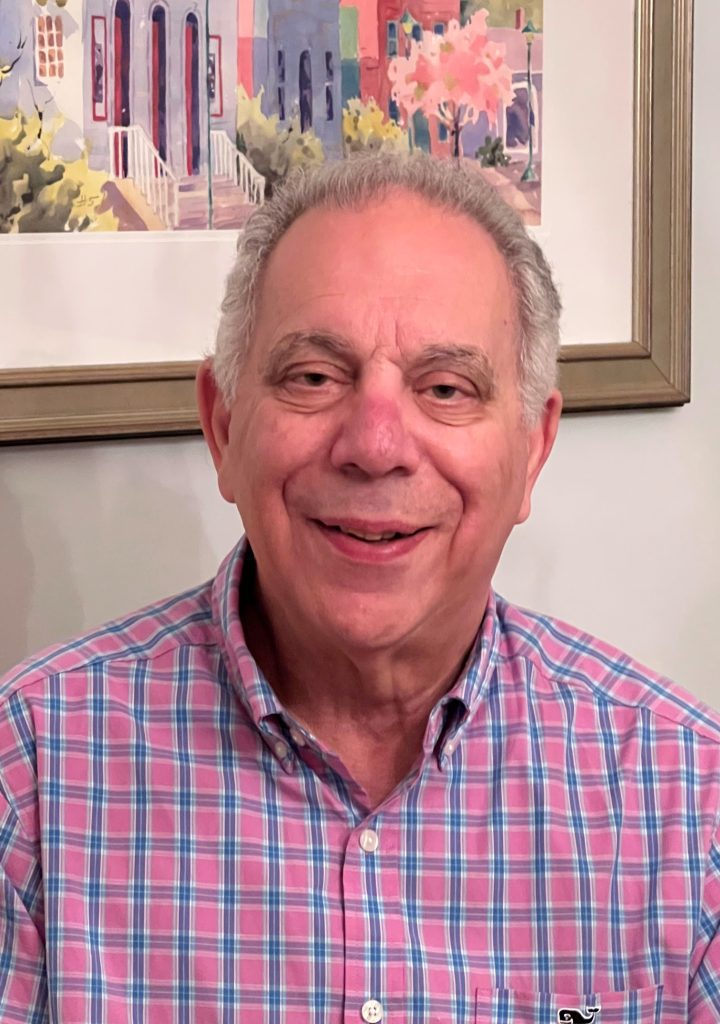
October 21, 2024 by Glenn Mangurian
“What are you?” asked Billy. I responded, “I’m Armenian.” “Oh, really, I’m Italian.”
“What are you?” was a common question among my friends growing up in Arlington. The question was about our ethnic heritage but it was also about our identity. Many of us grew up in multi-generational two family homes. My immigrant grandparents spoke Armenian to my parents. My parents spoke Armenian when they didn’t want my sister and me to understand. We went to an Armenian church, ate Armenian food, and frequented Armenian owned establishments. My grandmother thought the world consisted of Armenians and “others”. Of course I knew I was American but my ethnic heritage and those of my friends was a key dimension of our identities during our formative years. We grew up recognizing the importance of mutual respect among our different ethnicities.
The “Melting Pot” Metaphor
We are all different and ethnic heritage is only one factor in our differences. Race, religion, gender, sexual identity and political views are more prominent elements of different identities. While in college I took a sociology course that introduced me to the concept of American society as a “melting pot”. A melting pot is a metaphor for a society where many different types of people blend together (assimilate) as one. Immigrants come to this country with the idea in their hearts and minds that they could find opportunity as Americans no matter their origins. The melting pot metaphor never sat well with me. The image the term invoked was mixing different people together to get mush where the distinctiveness of the “ingredients” was destroyed to create a homogeneous set of peoples.
Our “Mosaic” Society
We live in a pluralistic society in which the diversity in backgrounds and life experiences of its members is a unique strength that can be harnessed for the good of the whole. A more fitting metaphor would be to think of our country as a mosaic. A mosaic is a picture or pattern that is comprised of many different tiles – differences in sizes, shapes, colors and textures. Each tile is distinct and whole in its own right, but joins other tiles to collectively become something very special.
Not long ago I had an appointment in Boston. I was waiting to cross the street in Copley Square. I took a moment to observe the people around me. They were young and old, tall and short, thin and overweight. Most spoke English and some conversed in other languages. There were people of color. I observed men walking arm in arm with men. I saw a man with a clerical collar and a woman wearing a hijab. I commented to myself – “Only in America”.
The Contributing Role of Immigrants
Of course our “mosaic nation” is made of people of unique life experiences and identities. These days we hear competing comments about immigrants who have found their way to our country. Many, like my grandparents, are fleeing oppression from their homeland and seeking new possibilities in our “land of opportunity”. They contribute in different ways and are an integral part of our pluralistic society. Our mosaic is not static but evolving as new people arrive and others depart. The pieces can be rearranged in response to a changing world. What remains the same across time is the interdependence of unique individuals to make something greater than its parts.
What a unique and special society. Now, that is something to be celebrated.
Glenn Mangurian is a Hingham resident of 39 years. His book, Pushing the Edge of Thought, Possibility, and Action, is available on Amazon. He welcomes your comments and can be reached at gmangurian@comcast.net

